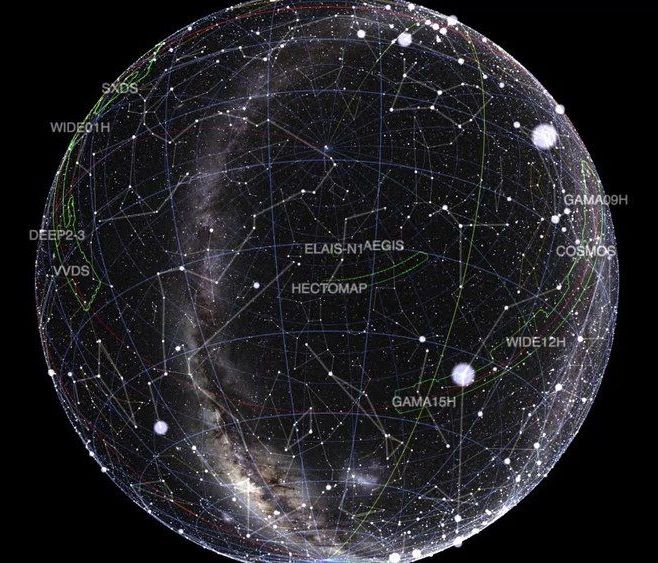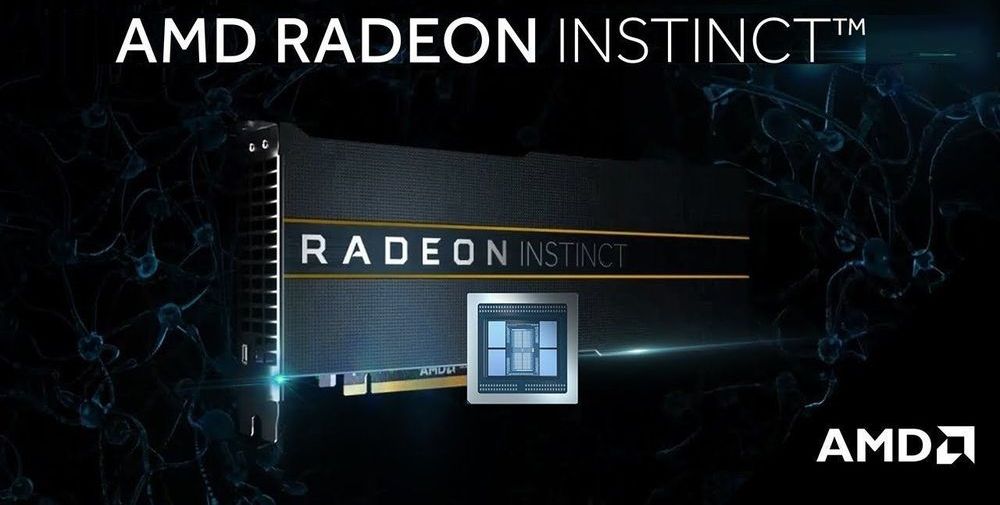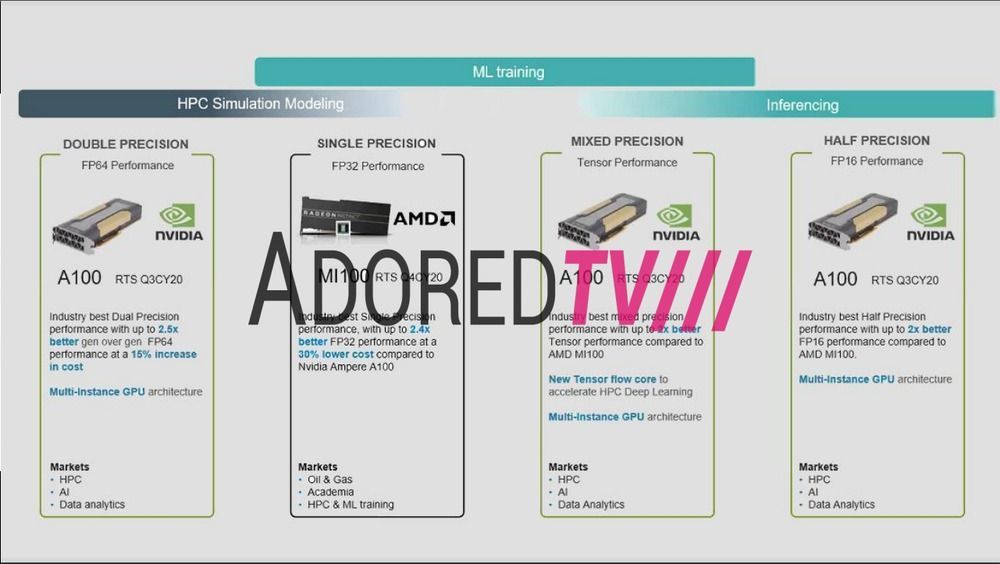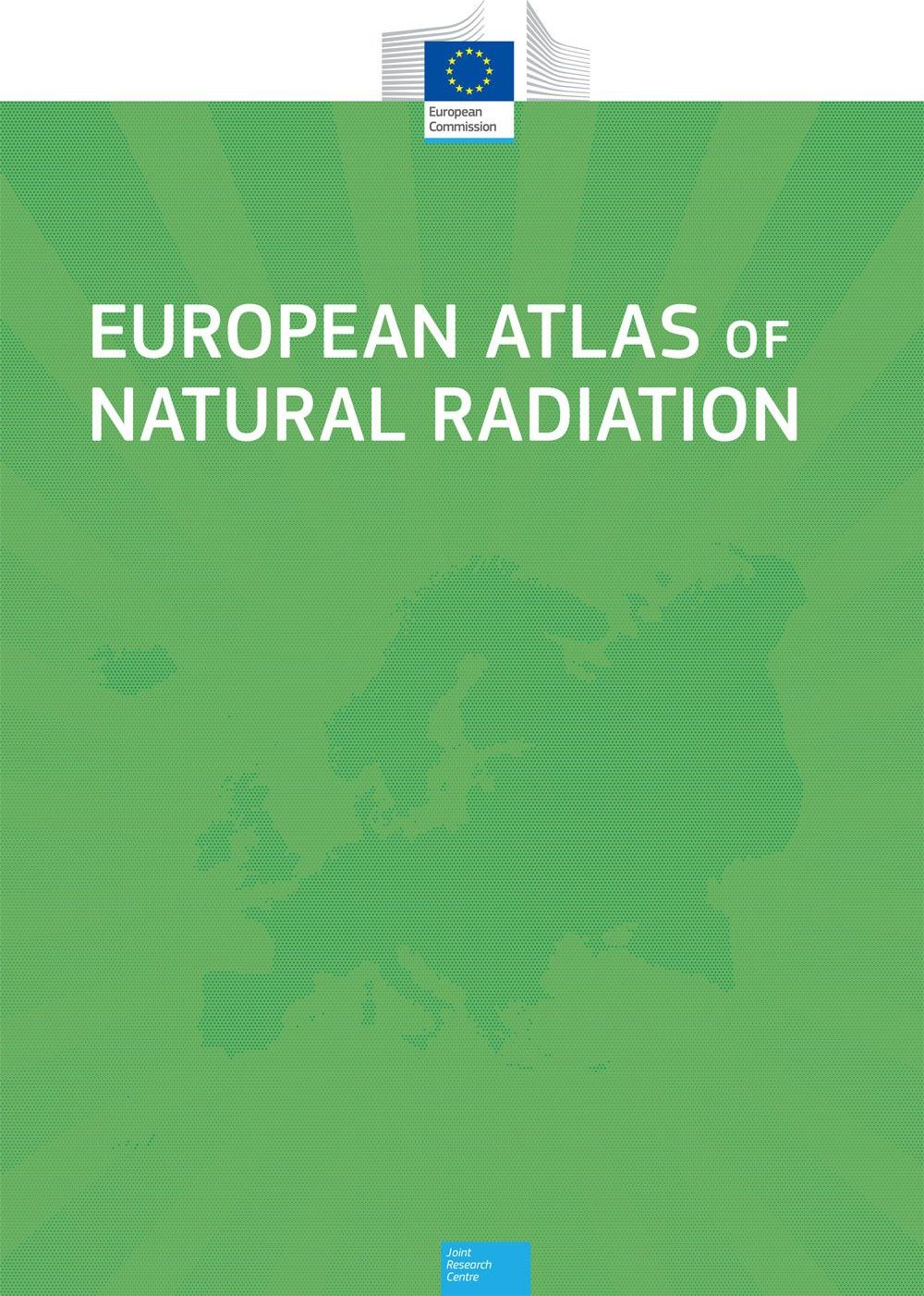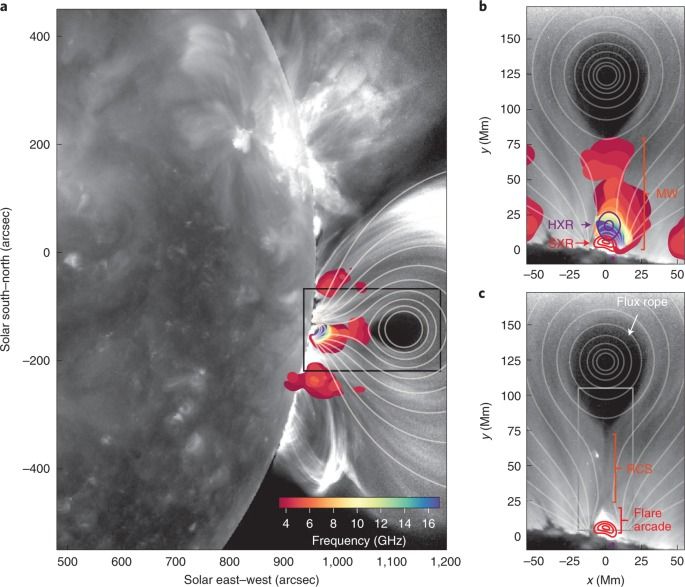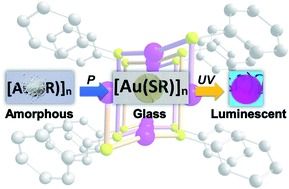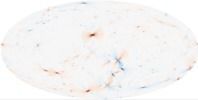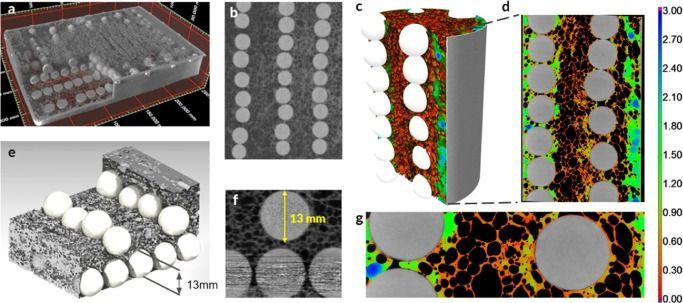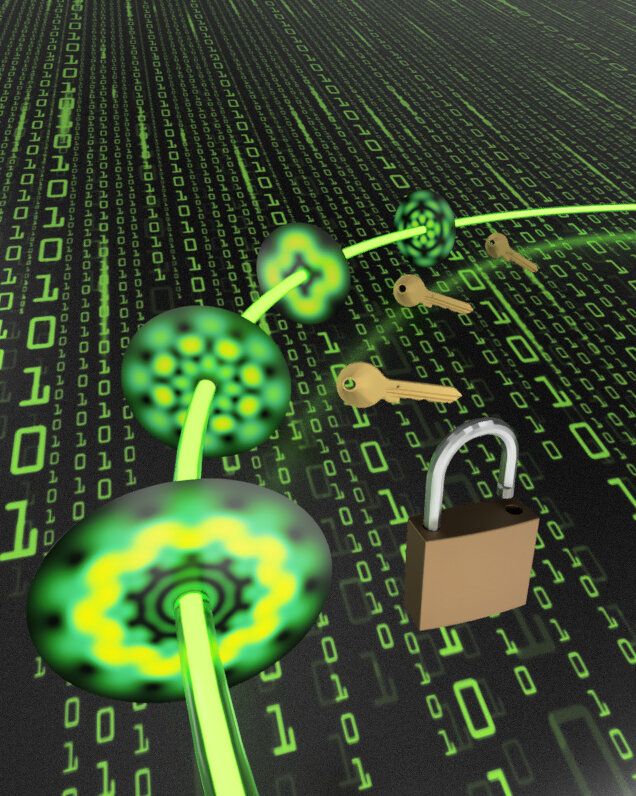Aug 1, 2020
Surprisingly Recent Galaxy Discovered Using Machine Learning – May Be the Last Generation Galaxy in the Long Cosmic History
Posted by Genevieve Klien in categories: cosmology, information science, robotics/AI
Breaking the lowest oxygen abundance record.
New results achieved by combining big data captured by the Subaru Telescope and the power of machine learning have discovered a galaxy with an extremely low oxygen abundance of 1.6% solar abundance, breaking the previous record of the lowest oxygen abundance. The measured oxygen abundance suggests that most of the stars in this galaxy formed very recently.
